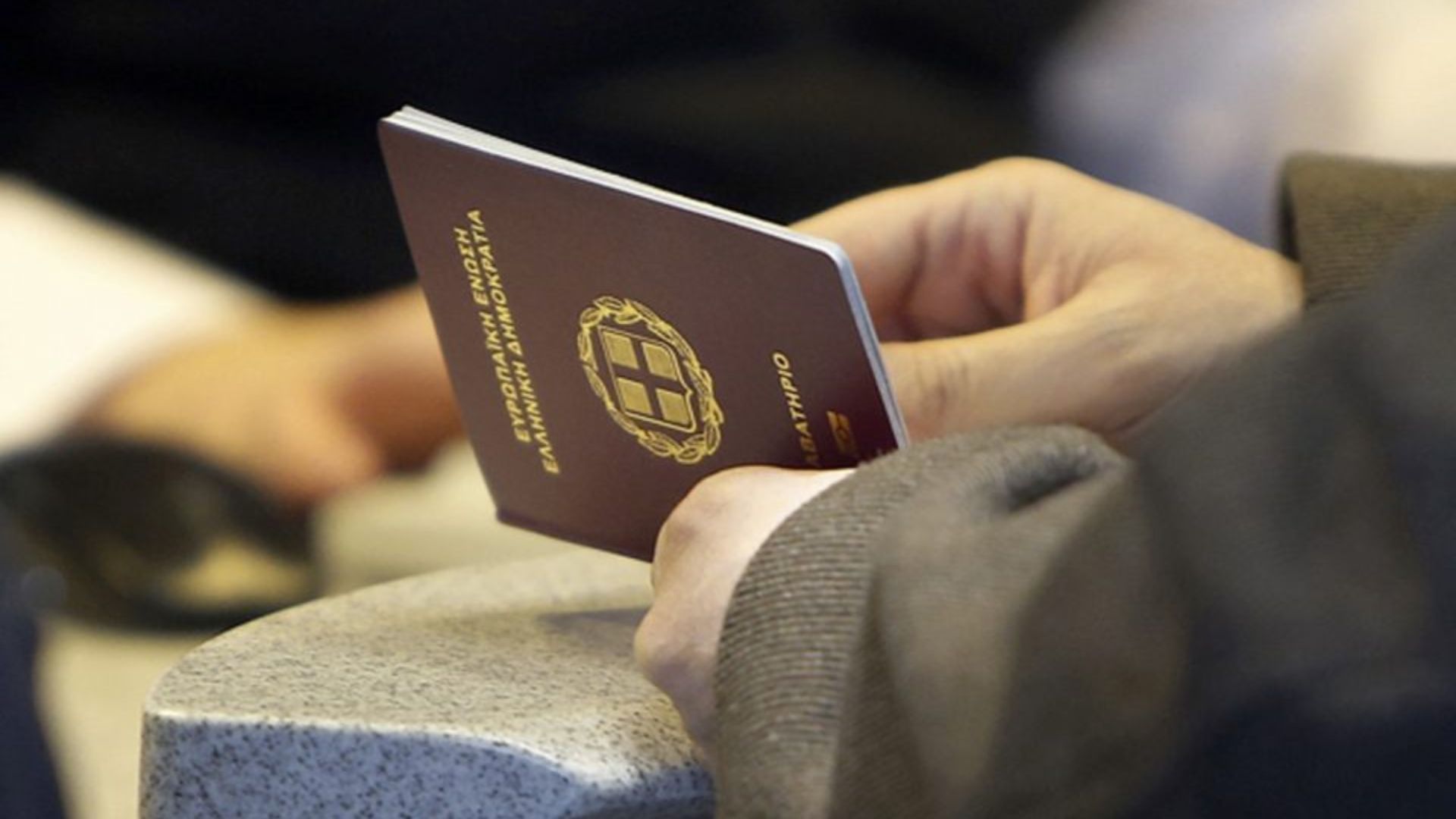The European Union is preparing to phase out traditional passport stamps for non-EU travelers, introducing a new digital border control program called the Entry/Exit System (EES), according to ekathimerini.com.
Starting on October 12, the EES will be gradually implemented across the 29 Schengen countries — including 25 EU member states, as well as Switzerland, Norway, Liechtenstein, and Iceland. Ireland and Cyprus, which are part of the EU but not the Schengen zone, will continue manual passport checks.
The new system will record facial images, fingerprints, and travel details electronically, eliminating the need for physical stamps. According to the European Commission, the EES aims to make border checks faster and more secure while helping authorities track overstays and irregular migration.
Upon arrival, travelers will register by answering standard border questions, creating a digital record valid for three years. Future visits will only require biometric verification, streamlining re-entry for registered travelers.
The EU expects the system to be fully operational by April 2026, although some delays are anticipated as border officers and travelers adjust to the new technology.
The EES is part of a broader effort to modernize Europe’s border management. It will be followed by the European Travel Information and Authorization System (ETIAS), an online pre-travel authorization that non-EU visitors will need once the EES is fully in place. Together, these initiatives represent a significant move toward a fully digital and security-focused European border experience.
Source: ekathimerini.com
